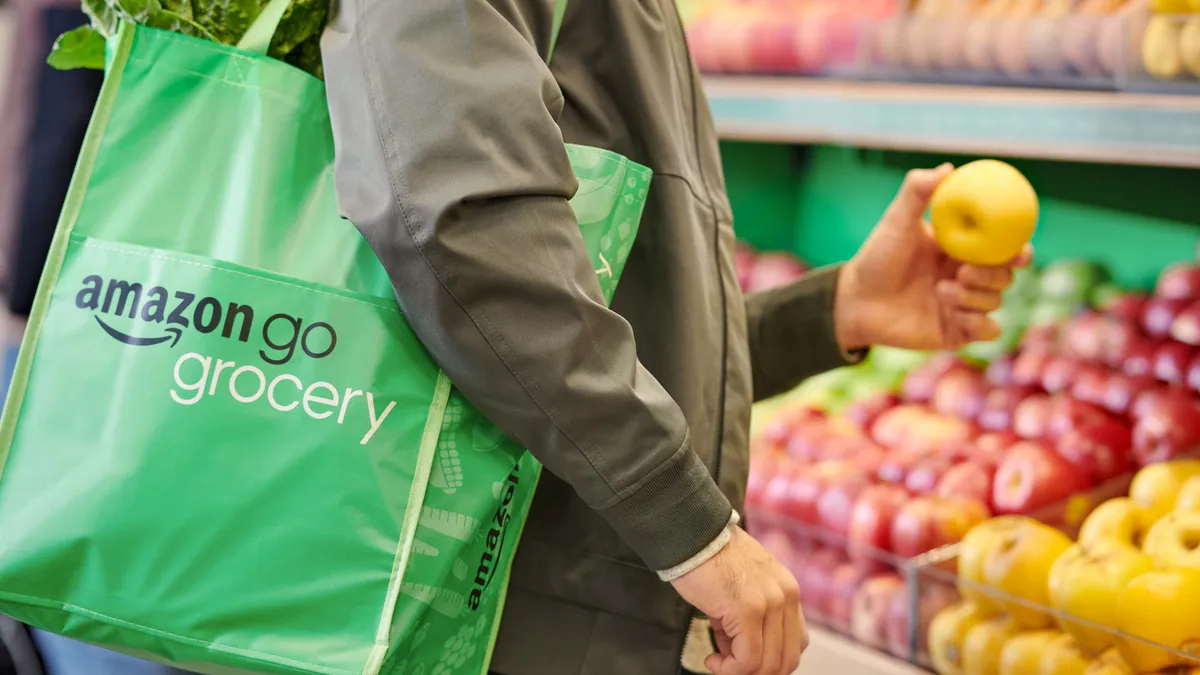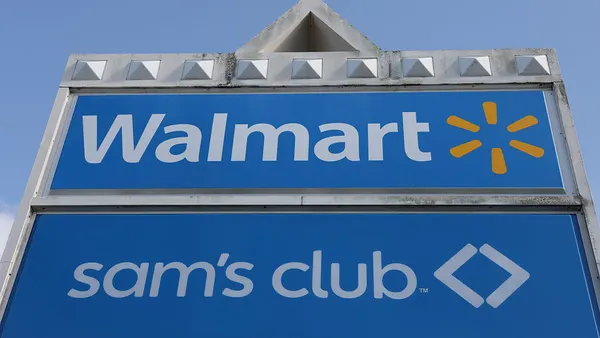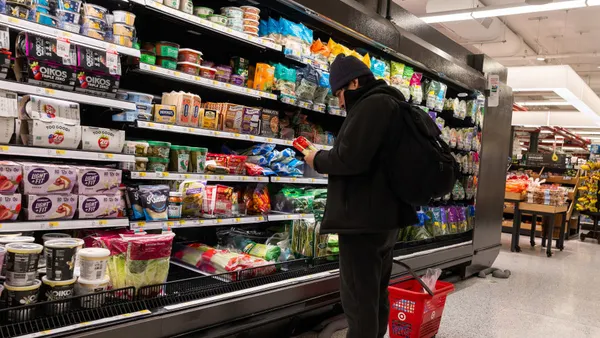Dive Brief:
- Amazon told Grocery Dive it plans to open Go Grocery stores in Redmond, Washington, and Washington, D.C. It will also open two locations under its yet-to-be-named supermarket format in North Hollywood, California, and Oak Lawn, Illinois. The four new locations were first reported by The Seattle Times.
- A company spokesperson also confirmed Amazon will open supermarkets in Woodland Hills and Irvine, California, and in the Chicago suburbs of Naperville and Schaumburg. The Seattle Times reported Amazon will build grocery stores in Seattle and Washington, D.C, but the spokesperson did not confirm these sites. The supermarkets are distinct from Whole Foods stores and will feature traditional checkout stands and reportedly offer a more mainstream assortment of products.
- Amazon opened its first cashier-less Go Grocery in February in Seattle’s Capitol Hill neighborhood. The store is more than three times the size of a typical Amazon Go store and features a full assortment of grocery products, including fresh produce, frozen items and alcohol. Customers scan in at the front of the store and their purchases are tracked using a combination of computer-vision cameras, shelf sensors and machine-learning algorithms.
Dive Insight:
Amazon is casting a wide geographic net as it tests out its new grocery concepts, one of which has yet to open to the public.
Its Redmond Go Grocery will be located just across Lake Washington from the format’s first store, in a former Sears automotive building that closed two years ago. Amazon is adding corporate offices near the location, allowing the e-commerce company to closely monitor the store’s progress. Amazon lists the location as “coming soon” on its Go Grocery website.
Amazon has not confirmed where it will plant Go Grocery in Washington, D.C., but the format could appear at two sites reported by the Washington Business Journal. One, located in a mixed-use development on 14th Street Northwest near Logan Circle, is nearly 8,000 square feet, while a second, located on H Street Northeast, is close to 13,000 square feet. Both sites are situated within a few blocks of a Whole Foods store.
Go Grocery stores promise to be a crucial asset for Amazon during the pandemic, given their contactless format and full food assortment. When Grocery Dive visited the location in February, it featured a mix of conventional and specialty products as well as Amazon private label lines like Happy Belly and Single Cow. Amazon also reportedly aims to license its Go Grocery technology to other retailers.
Amazon currently lists 187 open jobs for its Go stores, from engineers to user-experience experts. There are currently 26 Amazon Go stores located in four cities — New York, San Francisco, Chicago and Seattle. Four New York locations and one in Seattle are temporarily closed, while two in San Francisco are closed for renovations.
Amazon’s conventional grocery format, meanwhile, is also being closely watched. Chicago media previously reported on leases for the Naperville and Schaumburg locations. The latter store, located in a 43,000-square-foot former Babies ‘R Us space, will feature an 862-square-foot dining space, according to the Daily Herald, which first reported the site. The Oak Lawn location noted by The Seattle Times had not been previously reported.
Amazon is similarly targeting the Los Angeles area with multiple supermarkets. The North Hollywood, California, supermarket is the third confirmed location on the state. The other two, located in Woodland Hills and Irvine, have been converted to online fulfillment operations, according to The Seattle Times. The Woodland Hills location was reportedly slated to open in February.
The Seattle Times did not provide any details about the Seattle or Washington, D.C., supermarket locations, and a spokesperson did not confirm the sites to the paper. Amazon lists job openings for retail leader positions in Seattle and Arlington, Virginia, but the listings do not specifically cite grocery.
Amazon's effort to use its supermarkets as dark stores for e-commerce fulfillment shows the company’s willingness to meld its physical and online assets. AmazonFresh, the company’s online grocery service, has seen a significant uptick in users during the pandemic and is now free to Amazon Prime members.
Experts previously told Grocery Dive that Amazon’s multi-format grocery strategy aims to blanket major metropolitan areas, from city centers to suburbs. “With multiple stores, they could thoroughly saturate a market and suck the oxygen out of the room,” Bill Bishop, chief architect with Brick Meets Click, said.














